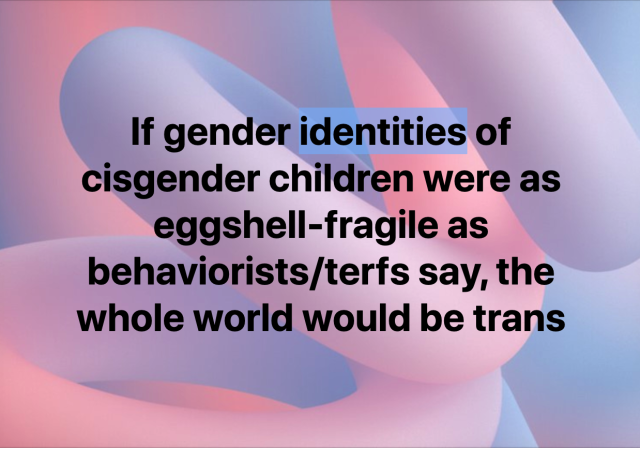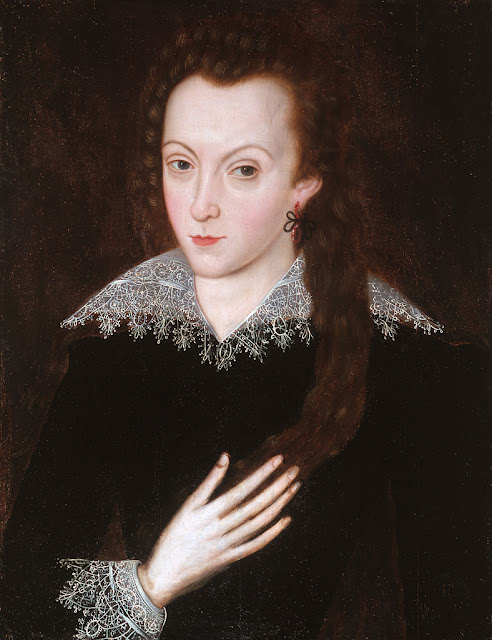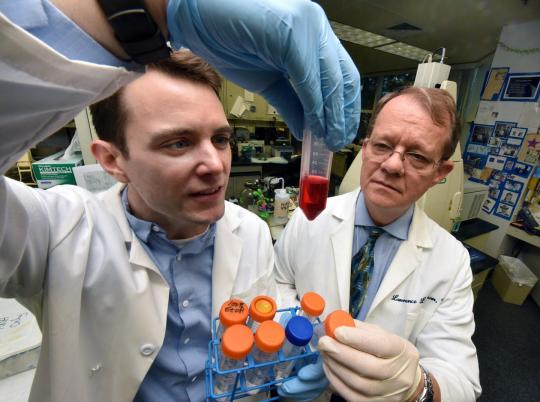The very existence of transgender people proves that transgender identities are real.
If you belong to those who love fixed gender roles and who get scared when someone question the binary, you have probably made one of the following arguments when addressing transgender people and "strange" gender identities:
- The gender identities of transgender people are not real!
- It is all in their mind!
- Gender identity is the same as biological sex – which means gonads, genitalia or chromosomes!
- Show me the science!
Truth to be told,
most scientists swith expertise in the area of gender variance agree that gender is different from biological sex and that transgender identities are real. Most of them also argue that there is a biological component to such identities, although they also point to the extreme complexity of sex and gender development.
Be that as it may, we do not actually need science to prove that transgender identities are real. The very existence of trans people is proof enough.
Huh? How can the existence of trans people prove that trans people are real?
- If there was a simple and persistent one to one relationship between gonads and gender identity there would be no transgender people.
- If the XY chromosome was the basis for a male gender identity there would be no transgender women.
- If ovaries ensured the development of a female gender identity there would be no trans men.
Yet here they are, people who persistently, continuously and intensely experience that they are of another gender than the one they were assigned at birth.
But it is all in their minds!
But that is the point, is it not? Our experience of being a man or a woman or some shade of nonbinary has to be in our minds. Where else could it be?
A man's sense of being a man is not located in his genitalia, is it? I admit that in some cases this might seem to be the case, given the way some men behave, but in general I think we all can agree that that their sense of self is a matter of the mind.
Sure, our feelings are anchored in our bodies, as expressions of hormones, muscles, blood, nerves and personal histories, but the conscious experience of them is in our minds. It has to be, for all of us.
























